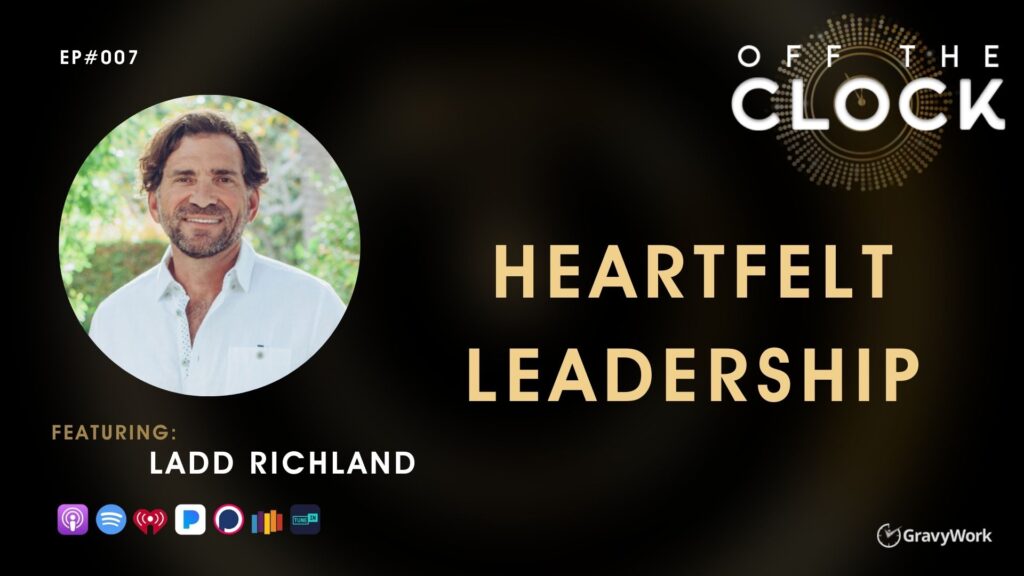The convergence of people and technology intensified during the pandemic. But before the dust even settles, it’s clear that recruitment and retention will never be the same. Ladd Richland, Vice President Strategy and Solutions at Manpower Business Solutions, offered a fascinating look on my Off the Clock podcast at all the moving parts inside the massive machinery of contingent and permanent staffing.
His firm was one of the first companies to work in a virtual environment, which came in handy when COVID-19 turned the workplace upside down. Ladd shared the secret to keeping culture alive, as well as internal teams synced and running optimally while working from home.
Several techniques were used to engage people, starting with a well-defined mission, vision and values. Each employee set up their home office with company colors, trinkets and paraphernalia that literally made them feel right at home with their work. Mornings began with five-minute virtual huddles to get everyone into cadence and pass along updates, while opportunities that required additional attention would be taken offline.
Other efforts to connect through isolating times involved cross-departmental work on projects and a unique exchange program. “We would actually bring one of our clients’ employees into our organization, and they would perform the job of one of our people who would go into their organization,” he raved.
What I also found impressive is Ladd’s involvement in recruitment process outsourcing, which splits and scales work that’s generally handled by a single individual across a team of experts in the areas of sourcing, interviewing, screening, scheduling and onboarding. He says hourly and management-level talent alike need to believe they’re in a high-touch environment at all times. The trick is keeping them “warm,” so to speak, throughout the process of landing a new gig so that they feel as if they’re being handled by multiple departments with kid gloves.
Early on his entrepreneurial journey, Ladd recalled how a noteworthy experience at Sprint shaped his view of assessing talent. It turned out to be a valuable lesson in terms of matching an individual’s production to expectations. If the two aren’t in sync, then he says the employee either hasn’t been trained properly, is in the wrong job or maybe there’s an external factor.
Years later this thinking was built into a system whereby hiring managers would cast green, yellow and red lights on employees that would correspond to their level of performance. For example, green meant they were a strong contributor who was capable of being promoted. Yellow indicated they were new and in training, or something wasn’t up to par, in which case a 30-day period was set aside to determine their fate. Red would trigger a two-week disciplined process that might result in finding a better opportunity for struggling employees.
Tearing a page from “Good to Great” by Jim Collins, who was one of Ladd’s mentors, he concluded that if the right people are on the bus, they will steer it in the right direction. But first it’s vital to know where you’re headed.
Click on the following link to watch the podcast: https://www.youtube.com/watch?v=W_x6DItMkzQ
# # #

Thank you so much for this! I havent been this moved by a blog for a long time! Youve got it, whatever that means in blogging. Anyway, You are definitely somebody that has something to say that people should hear. Keep up the good work. Keep on inspiring the people!